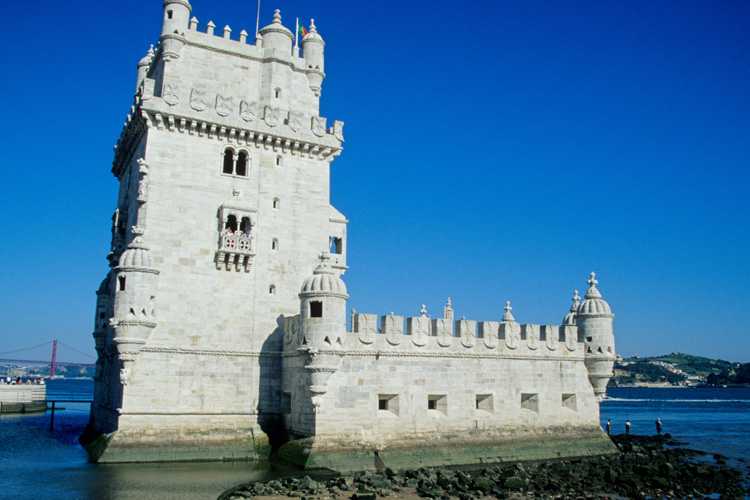drink. dine. dance.

Belem Tower. Lisboa. Portugal
THE TOWER THAT LAUNCHED A THOUSAND SHIPS ... AND BROUGHT BACK SPICES THE BEGINNING OF PORTUGUESE GASTRONOMIC HISTORY BEGINS HERE. It is for this reason Spago has adapted its image in our corporate identity.
Food & Wine. Give it to the Portuguese, its Western European ports of Lisbon launched ships & enabled the great navigators to discover our Modern World, putting the Portuguese on the map as some of the Greatest Discoverers of all time. So why is it 2009 we have nothing to show for it? Count on the Portuguese, whose passion and discerning taste buds lead to trading our riches for spices from the Indies, Goa & Africa. But spices are not all. Due to long voyages also came the discovery of port wine. During the 17th Century when the British declared war on France and blockaded their ports, there was an obvious shortage of wine. With this came the Treaty with Portugal. During the long voyage to the British Ports, the Portuguese began adding buckets Brandy to regular wine to stabilize it during the long Sea Journey. From there came Port wine.
HISOTRY OF THE TOWER
Lisbon was once the capital of an immense maritime empire, symbolized by this monument. To our eyes, it’s an historic building of carved stone, but to its contemporaries it was an awesome stronghold at the entrance to the Tagus, creating crossfire with a fortress on the opposite bank.
Although commissioned by King Manuel I in the 16th Century, the square tower is reminiscent of old medieval castles.
In the 19th Century, symbols of Manueline art were added to the tower, such as shields with the Cross of the Order of Christ, twisted ropes in stone and armillary spheres.
Facing the river at the top of the fortress, you feel like you’re in the bows of a ship, with magnificent views over the Tagus.

|
menu 2012.docx Size : 57.504 Kb Type : docx |